Layering, Mounds, etc.
pinkkpearls
9 years ago
Related Stories
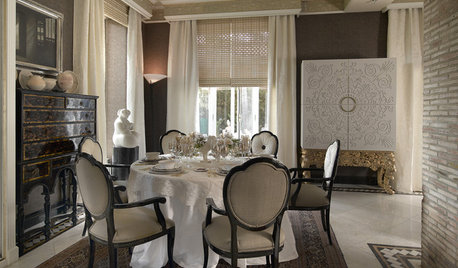
WINDOW TREATMENTSThe Art of the Window: How to Embrace the Layered Look
Here are 12 ideas for using layered window treatments to add warmth, texture and style to your rooms
Full Story
DECORATING GUIDESHouzz Tour: Layered Look Adds a Fresh Sense of Style
Midcentury art, pottery and a mix of furnishings bring a hip edge to a traditional Los Angeles home
Full Story
DECORATING GUIDESDecorating Secrets: How to Layer Patterns Right
Here's How to Get That Perfect Mix of Color, Shape, Texture and Scale
Full Story
DECORATING GUIDES15 Rooms Bursting With Bravely Layered Patterns
With patterns mixed to bold effect, these rooms show that to the fearless sometimes go the style spoils
Full Story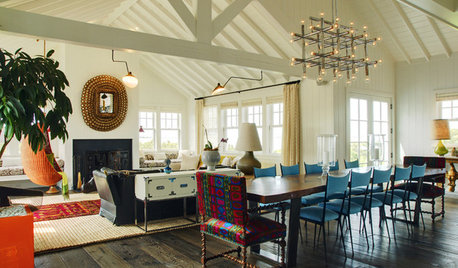
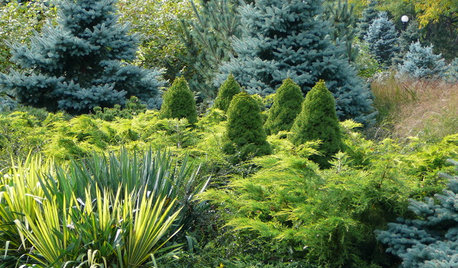
PLANTING IDEASDesigning With Conifers: Layers of Texture for Your Garden
Sharp and prickly or fine like ferns, richly textured conifers bring unexpected interest to the landscape
Full Story
HOUZZ TOURSMy Houzz: Creative Layers Bedeck a Family's Toronto Rental
Eclectic touches, personal treasures and plenty of color harmonize beautifully for a musical couple and their kids in Canada
Full Story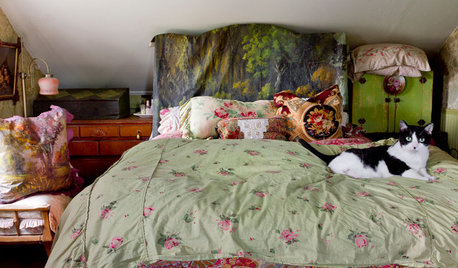
REMODELING GUIDESMy Houzz: Layers of Patina and an Artist’s Touch in a New York Colonial
Antiques and loads of found treasures mix with collections and art in a very personal home and studio
Full Story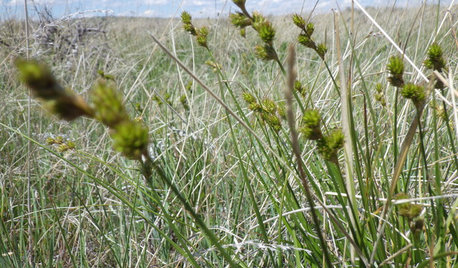
GARDENING GUIDESGreat Design Plant: Carex Brevior
This mounding sedge native to many U.S. states is tough as nails and can replace the traditional lawn in low-traffic areas
Full Story
LIGHTINGGet Turned On to a Lighting Plan
Coordinate your layers of lighting to help each one of your rooms look its best and work well for you
Full Story






jean001a
gardengal48 (PNW Z8/9)
Related Professionals
Milwaukee Landscape Architects & Landscape Designers · Allentown Landscape Contractors · Amesbury Landscape Contractors · Euclid Landscape Contractors · Fort Mill Landscape Contractors · Live Oak Landscape Contractors · Los Banos Landscape Contractors · Oak Forest Landscape Contractors · Ashland Decks, Patios & Outdoor Enclosures · Boise Decks, Patios & Outdoor Enclosures · Canton Decks, Patios & Outdoor Enclosures · Fort Mill Decks, Patios & Outdoor Enclosures · High Point Decks, Patios & Outdoor Enclosures · Roanoke Decks, Patios & Outdoor Enclosures · Sugar Land Decks, Patios & Outdoor Enclosurestoxcrusadr
pinkkpearlsOriginal Author
Kimmsr
gardengal48 (PNW Z8/9)
pinkkpearlsOriginal Author
Kimmsr
gardengal48 (PNW Z8/9)
pinkkpearlsOriginal Author
gardengal48 (PNW Z8/9)
pinkkpearlsOriginal Author
toxcrusadr